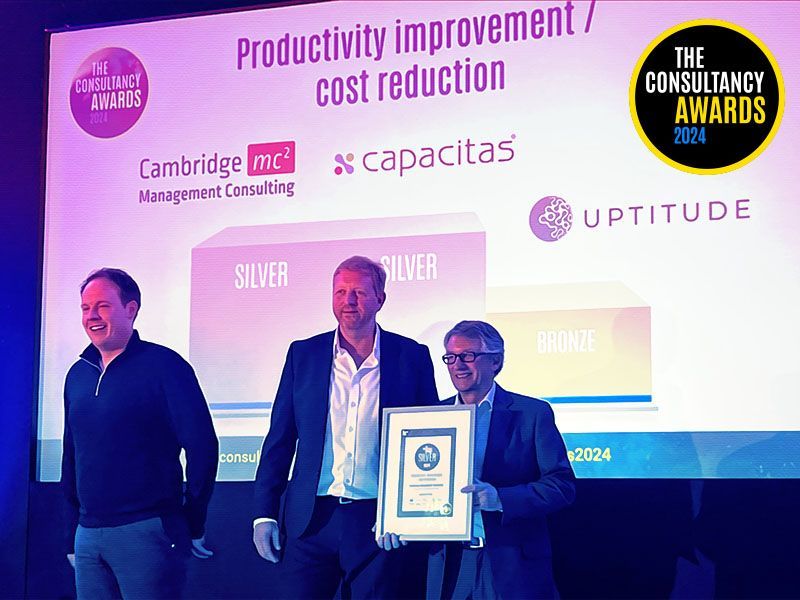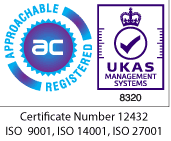From a risk-centric framework to commercial knowledge approach
Our Contract Management as a Service (CMaaS) combines powerful AI tools with our unique expertise gained from decades of negotiating contract savings.
We make sure that commercial agility keeps pace with internal agility as you scale.
Better outcomes, less risk.
Our Contract Management as a service is run by Darren Sheppard. Darren has over 25 years of experience in Commercial and Contract management, leading and transforming companies of all sizes
What are your ongoing
Contract Challenges?
Maximising performance
Do you have a contract management system that maximises your performance and relationship with customers, partners, vendors and suppliers?
Lack of transparency
Do you have the tools and governance to provide effective oversight so that managers & stakeholders can make informed decisions?
Cost reduction
Do you know how much additional cost you’re incurring through ineffective contract management?
Real-time data
Do you have access to on-demand data for even your largest supplier contracts in order that strategic commercial decisions are qualified?
Bringing years of world class experience to your next project
Benefits of our model
Global experts
A team of experts across procurement, cost reduction, project and contract management
Full in-life management
Leadership & mentoring provide the necessary support to transition into a new governance framework
Less effort
Concentrate on your business, while we build a system that saves up to 60% in governance effort
Single cloud-based repository
Unprecedented visibility and security for your contract management
Accomplish more for less
AI tools + cloud-based contract management means missed renewal dates and compliance issues are a thing of the past
Quick and easy to deploy
Our self-learning AI makes data extraction fast and accurate
Our Contract Management service is led by Darren Sheppard
Digital Contract & Service Management
Darren is a high-calibre business leader with an extensive portfolio. He has more than 25 years of experience in commercial management, finance, operations, sales, and marketing with blue-chip telecommunications, media, automotive, and FMCG companies.
From negotiating complex contracts to digital marketing transformation and creating long-term strategic partnerships, Darren’s grasp of communication and negotiation has enabled him to successfully facilitate transitions, manage stakeholders, and lead large-scale projects.
He is adept at improving key systems and reporting while facilitating mergers and acquisitions. Recently he crafted a mutually beneficial partnership between two companies that boosted subscribers from 25k to 300k and saw revenues increase from £2m to £25m.
Other recent successes involved smoothing out the contractual issues for a large, complex, multi-vendor outsourcing transaction, and a cost out project for a NYSE-listed multinational.
Our Award
Cambridge Management Consulting came joint First in the Cost Reduction category at the Consultancy Awards 2024. Darren Sheppard and Jeff Owen received the award for their work with a major UK online retailer, saving £10m in three months.


Our team can be your team
Our Contract Management team includes a range of global experts with experience in procurement, cost reduction, project management and contract management.
The Carrier Club
Our services also give access to the Carrier Club, a membership service that uses a Procurement as a Service model. Members of the Club benefit from an aggregated spend with suppliers, allowing us to leverage better commercial terms on your behalf.
Our Contract Management Experts
Jason Jennings
Jason is the lead for Project Management as a Service. He is an adviser to numerous organisations and has extensive senior executive experience in the information and communications technology industry.
Get in touch with our Consultants today
Case Studies
Our team has had the privilege of partnering with a diverse array of clients, from burgeoning startups to FTSE 100
companies. Each case study reflects our commitment to delivering tailored solutions that drive real business results.
CASE STUDIES
A little bit about Cambridge MC
Cambridge Management Consulting is a specialist consultancy drawing on an extensive global network of over 200 senior executives in 22 countries.
Our purpose is to help our clients make a better impact on the world.
ABOUT CAMBRIDGE MC
Industry insights












